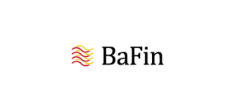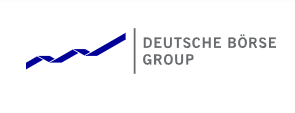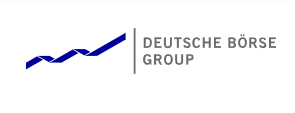German economic output likely to decline slightly in first quarter
In the latest issue of its Monthly Report, the Bundesbank writes that the German economy recovered only slowly at the beginning of 2023 following the broad-based and strong setback in December of last year. Although output in industry and construction expanded significantly again in January, exports of goods recovered only partially in price-adjusted terms. Moreover, according to the Bundesbank, consumer-related sectors continue to suffer from the persistently high level of inflation and the associated reluctance on the part of consumers. The GfK consumer climate and ifo business climate index brightened slightly but remained at a low level. “All in all, German economic activity is likely to fall again in the current quarter,” the economists write. However, they expect the decline to be smaller than in the fourth quarter of 2022.
Outlook for labour market remains positive
According to the Monthly Report, labour market developments remained slightly positive, despite the current weak economy. In seasonally adjusted terms, employment rose quite considerably in January 2023, with the number of persons in employment increasing by 64,000 compared with the previous month. The leading indicators remained largely stable in positive territory in February as well. The experts therefore expect this development in employment – which is quite positive in view of the economic situation – to continue in the coming months. In February, seasonally adjusted registered unemployment remained virtually unchanged at its previous month’s level of 2.51 million people, according to the report. The unemployment rate was 5.5%. Looking at the IAB’s unemployment barometer, the Bundesbank’s experts expect unemployment to decline slightly in the coming months.
Core inflation rate again at all-time high
Consumer prices as measured by the Harmonised Index of Consumer Prices (HICP) increased in February by 0.6% on the month. According to the Bundesbank’s economists, the persistently high consumer price inflation was driven mainly by unprocessed food and, in particular, vegetables. Higher price growth in the services sector together with the persistently high rate of inflation for industrial goods continued to fuel core inflation, which excludes volatile food and energy prices. By contrast, the rise in energy prices virtually came to a standstill.
Headline inflation stood at 9.3% in February 2023 and thus 0.1 percentage point higher than in January. “Core inflation rose by 0.3% percentage point to 5.4%, once again reaching the all-time high of December 2022,” the economists write. They expect the inflation rate to fall significantly in March on the back of energy-related base effects. Core inflation is proving to be extremely persistent, however.























































First, please LoginComment After ~